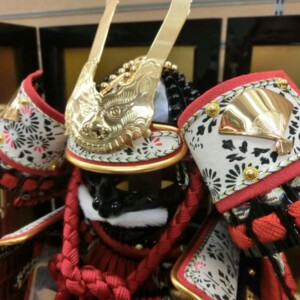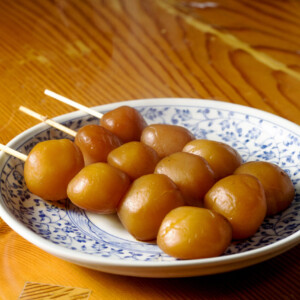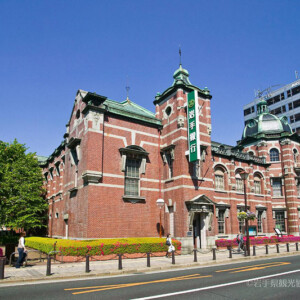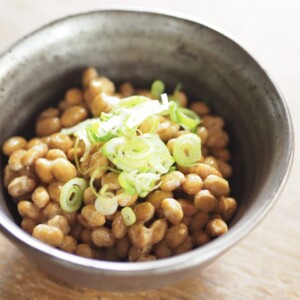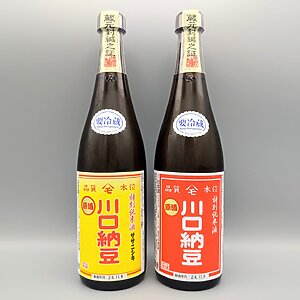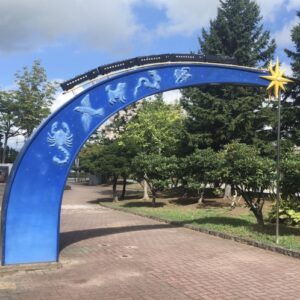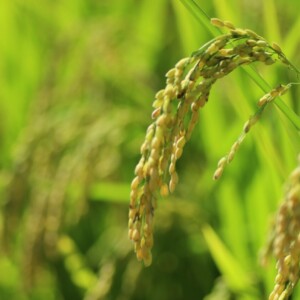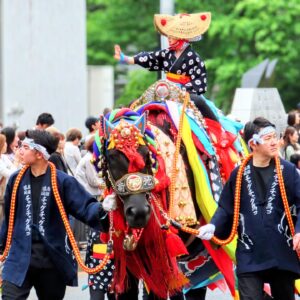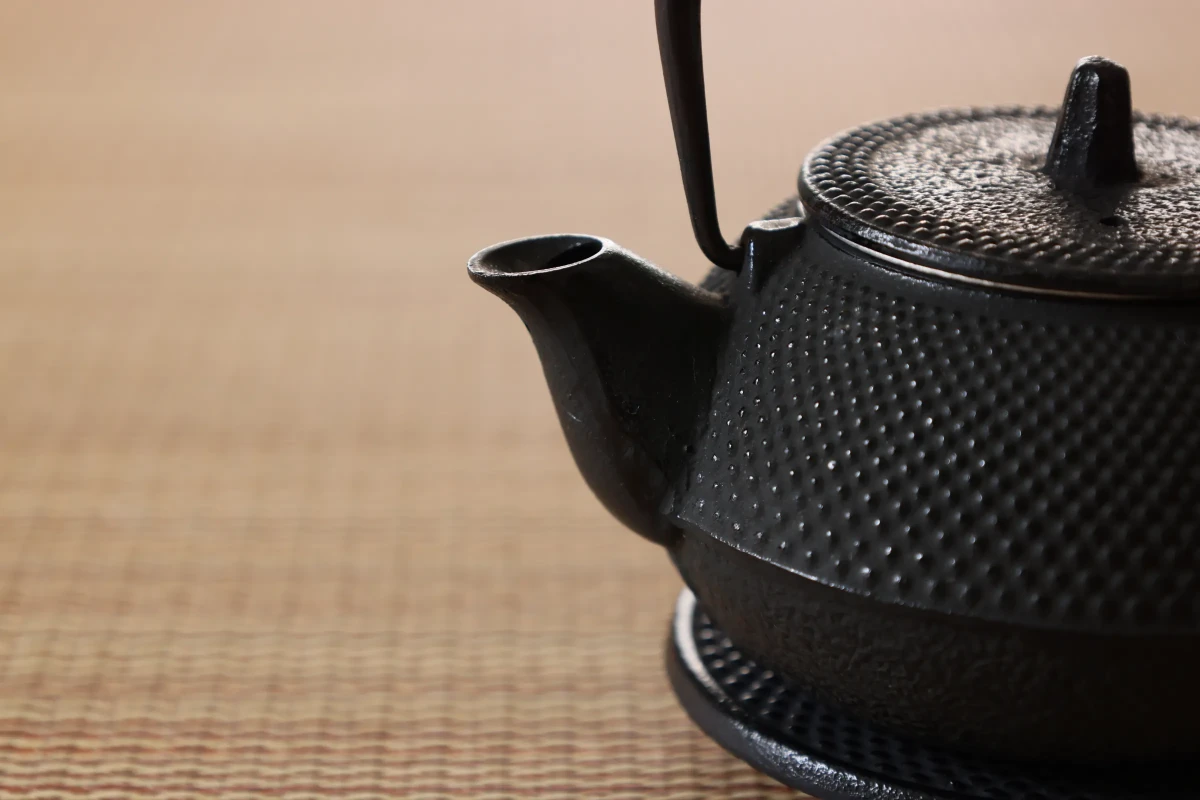
Iwate's traditional crafts, "Nambu Ironware" and "Nambu Sakiori" - an encounter with contemporary art evolving from "old" to "new"
table of contents
Forging hot iron and weaving together torn cloth - the crafts born from the lifestyle of Iwate are imbued with the wisdom and prayers of the people. Now, these crafts are intertwining with the sensibilities of contemporary art, and are beginning to take on new forms. When the skills of artisans meet the inspiration of artists, what future will Iwate's traditions paint?
The path that Iwate's traditional crafts have taken
The crafts that are deeply rooted in Iwate were born from everyday life and have been passed down through the generations. There is a fundamental reason behind them , not "making them because they are beautiful," but "making them because they are necessary for survival ." Representative examples are Nanbu ironware and Nanbu sakiori textiles. Both were nurtured by Iwate's natural environment and living environment.
southern ironware
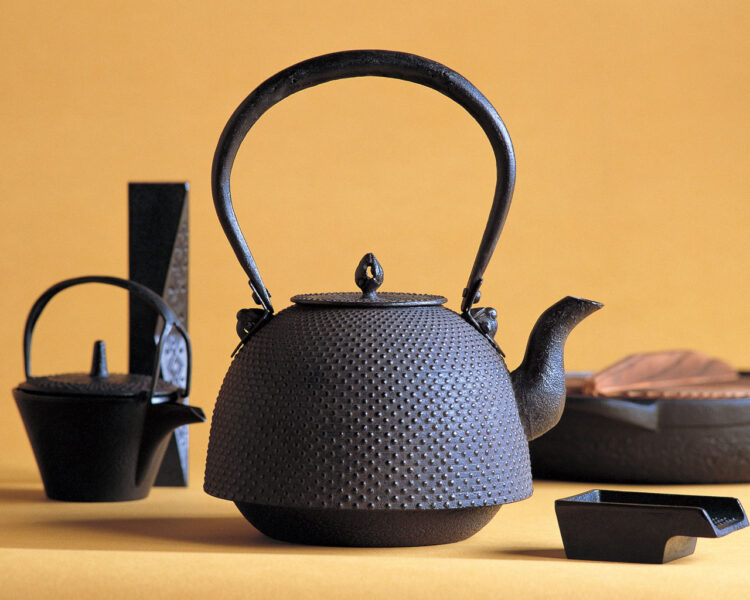
Nanbu ironware dates back to the Edo period. When the Morioka domain adopted the tea ceremony culture, metalworkers were invited to the area, and ironware production flourished in the area. Iwate is rich in iron sand and charcoal, making it the perfect place to work with iron. The iron kettles made there gained a reputation for making water mellow, and they spread into the lives of ordinary people.
In time, Nambu ironware became an essential tool for cooking and tea time, and was also a prized part of brides' dowries. These lustrous black iron kettles exuded a dignified presence in the kitchen, and continued to support the lives of families for decades.
During the Meiji period, Oigen Chuzo were established, producing a succession of products directly related to daily life, such as household cookware and frying pans. The techniques of these workshops live on in many of the pots and kettles still in use today.
Nanbu Sakiori
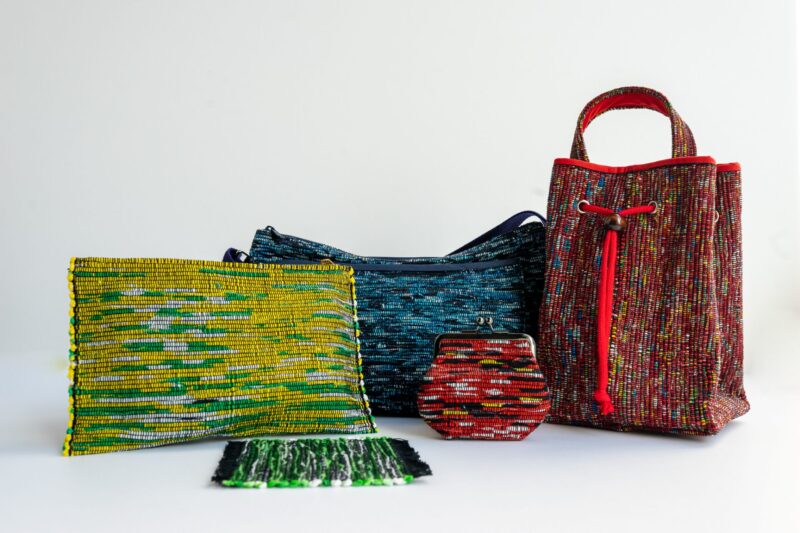
Nanbu Sakiori, on the other hand, was created in an era when fabric was extremely valuable, by tearing up old clothes and fabric and reweaving them. wisdom of using fabric to the very last bit supported life in cold regions.
Sakiori, with its woven colored fabrics layered randomly and no two pieces having the same pattern, is simple yet rich in expression. It has been used to make farm work clothes, obi sashes, and rugs, adding color to our lives.
It embodies the spirit of "mottainai" (waste not, want not) and the sensibility of people who tried to create beauty even with limited resources
Encountering Contemporary Art: A New Challenge
Traditional crafts are forced to change with the times. Amid a reality of shrinking demand and a lack of artisans, fusion with contemporary art and design is gaining attention. Iwate's crafts are no longer simply "old things," but are being reevaluated as materials for new expression.
A collaboration between Nambu ironware and designers
For example, at the long-established Morioka workshop " Kamajo ," third-generation owner Miya Nobuho is producing a succession of simple and modern Nanbu ironware. Not limited to iron kettles, the company has expanded its range to include everyday items such as trivets and cutlery, and its designs, which blend seamlessly with Scandinavian furniture, have earned it high praise overseas.
Information
- Name: Nambu Ironware Kamajo
- Address: 2-5 Konyacho, Morioka City, Iwate Prefecture
- Phone number: 019-622-3911
- URL: Kamasada official Instagram
- Business hours: 9:00-17:30
- Closed: Sunday
Google Map
At Oigen Casting, iron frying pans and sukiyaki pots are popular with the younger generation. Instead of being solid black, the colorful enamel-painted iron kettles brighten up the kitchen. The design evokes a sense of tradition while also fitting in with modern life.
Information
- Name: Oigen Casting Co., Ltd.
- Address: 45 Horinouchi, Haneda-cho, Mizusawa, Oshu City, Iwate Prefecture
- Phone number: 0197-25-5925
- URL: OIGEN ONLINE SHOP
- Business hours: 10:00-17:00
- Closed: Wednesday
Google Map
Nanbu Sakiori and Fashion Brands
Sakiori continues to take on new challenges. SACCORA Project run by Sakkora Japan , upcycles leftover fabric into sakiori, collaborating with fashion and outdoor brands to create sneakers, vests, bags and more. The overlapping colors unique to sakiori give it a fresh appeal that adds warmth to modern outfits
Information
- Name: Kokorai Japan Co., Ltd.
- Address: 19-41 Abedatecho, Morioka City, Iwate Prefecture
- Phone number: 019-681-9166
- URL: Kokorai Japan official website
Google Map
Regional impact and possibilities
These efforts not only support sales of crafts, but also attract young creators and tourists. " Production tourism " that involves visiting traditional craft studios and workshop experiences are extremely popular with both domestic and international travelers. The sight of artisans and artists working together moves people's hearts as a "story" of the region itself.
Iwate's crafts are no longer just about "preserving the old." They are about continuing to let their essence shine
A future where tradition and innovation coexist
Connecting traditions to the future does not mean "continuing to preserve them as they were in the past." What is important is to find a way to make them compatible with modern life while making the most of their essence . The encounter between Iwate's traditional crafts and contemporary art can be seen as both an experiment and a challenge.
The moment you pick up a Nambu ironware and brew tea, or the moment you walk down the street with a Nambu sashiori bag slung over your shoulder,
is filled with the memories of the land that have continued for hundreds of years and the aspirations of creators who are opening up the future.
The coexistence of tradition and innovation born in Iwate will continue to enrich our lives.




